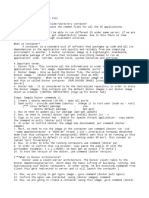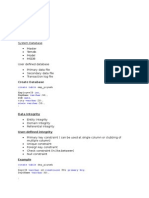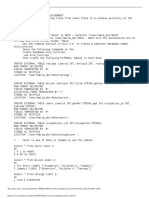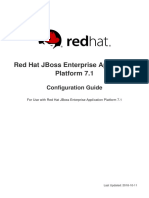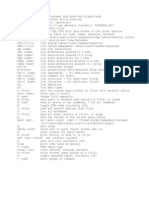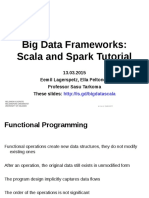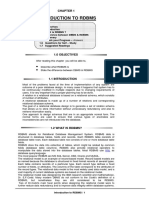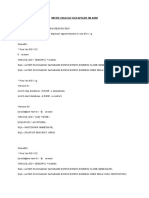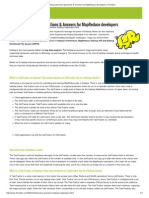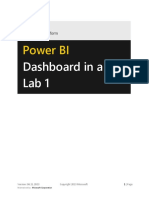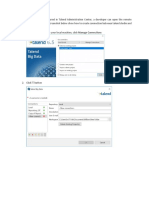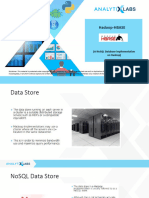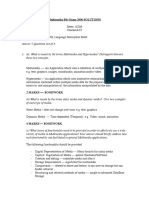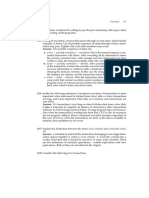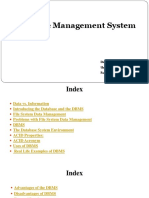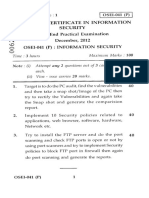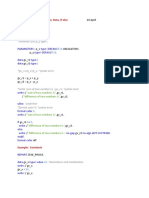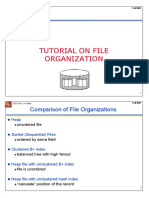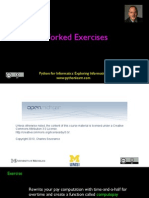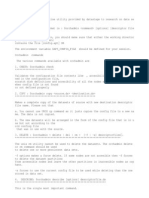0% found this document useful (0 votes)
115 views46 pagesHbase in Practice
The document summarizes a presentation on HBase in practice. It begins with introducing the speaker and their experience with HBase and Apache projects. The bulk of the document then covers core HBase concepts like tables, regions, column families and data modeling best practices. It also discusses the different APIs and access options for HBase as well as techniques for performance tuning a HBase cluster.
Uploaded by
Diego FernandesCopyright
© © All Rights Reserved
We take content rights seriously. If you suspect this is your content, claim it here.
Available Formats
Download as PDF, TXT or read online on Scribd
0% found this document useful (0 votes)
115 views46 pagesHbase in Practice
The document summarizes a presentation on HBase in practice. It begins with introducing the speaker and their experience with HBase and Apache projects. The bulk of the document then covers core HBase concepts like tables, regions, column families and data modeling best practices. It also discusses the different APIs and access options for HBase as well as techniques for performance tuning a HBase cluster.
Uploaded by
Diego FernandesCopyright
© © All Rights Reserved
We take content rights seriously. If you suspect this is your content, claim it here.
Available Formats
Download as PDF, TXT or read online on Scribd
/ 46








